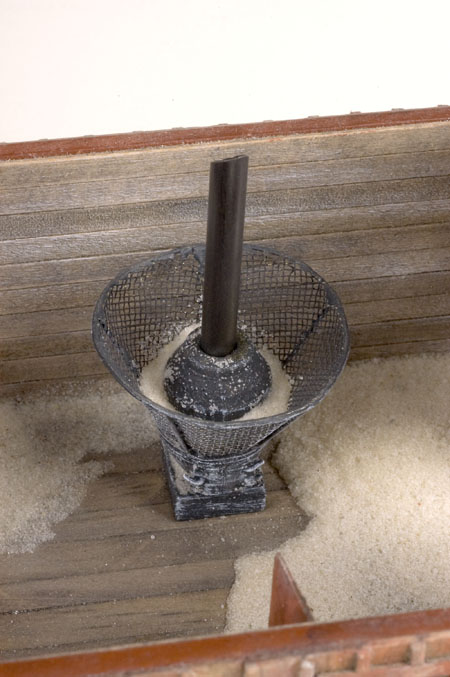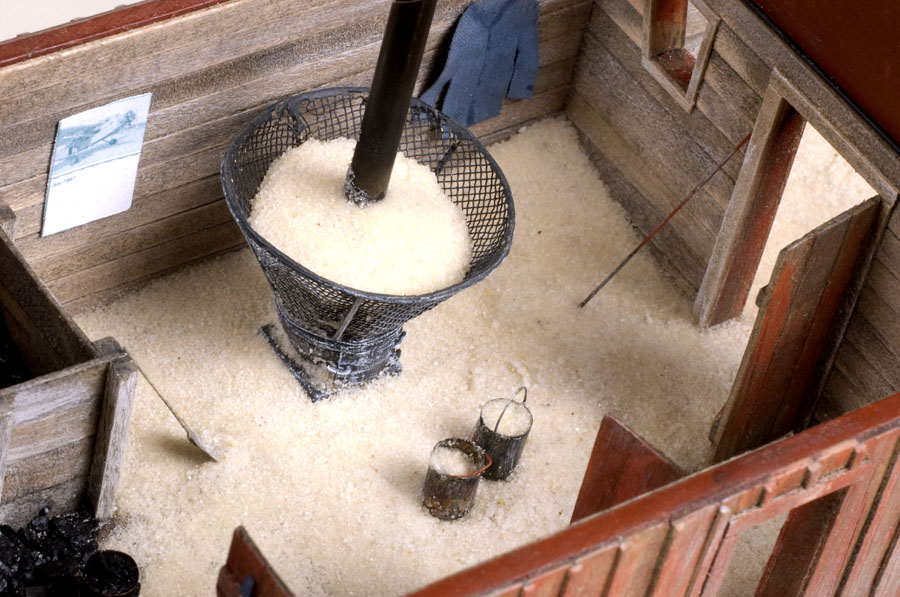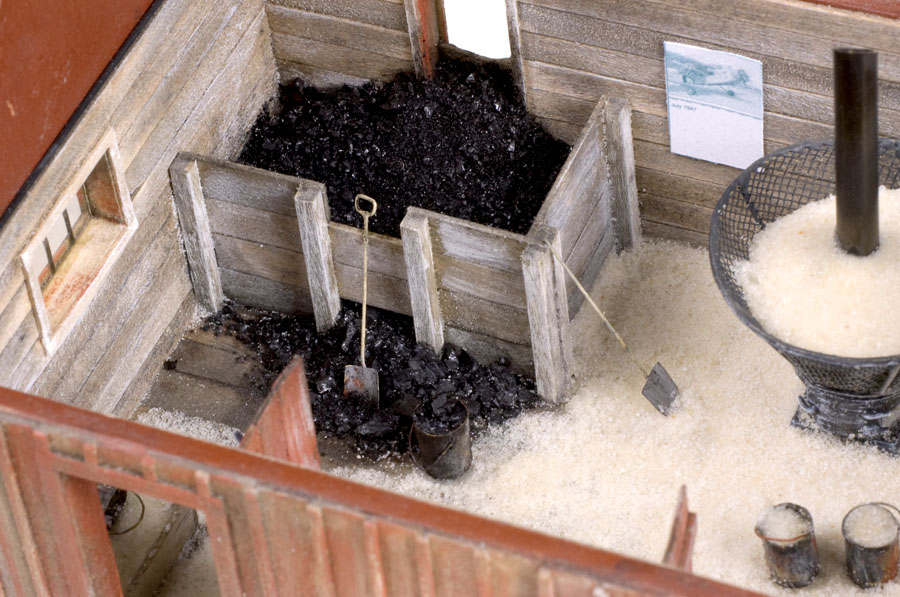Anyone know how the raw sand got from the hopper (or gondola?) to the sand storage bin at a sand drying house? I've seen one real drying house and remember no pits or conveyors. Portable conveyor like a coal conveyor?
Replies sorted oldest to newest
NHVRYGray posted:Anyone know how the raw sand got from the hopper (or gondola?) to the sand storage bin at a sand drying house? I've seen one real drying house and remember no pits or conveyors. Portable conveyor like a coal conveyor?
The sand was usually moved by shop air pressure, inside tubes.
Maybe clarification is needed, I understand by air to the tower and to the locomotive, yes (from wherever, hopper, house, etc). But how did it get to the outside storage area that was beside the drying house. Since the storage bin was beside the house and the sand was dried by stoves, I assume that part of the travel was probably wheelbarrow.
I found this comment online in regard to how it was handled by short lines:
A common challenge with bulk sand is that it is often damp and clumpy. There were sand drying stoves, in a primitive enclosed building. The stoves were designed with a funnel- like cast iron basket surrounding the upper part of the stove. Wet sand was manually shoveled into the cast iron basket, and with a warm stove, the dried sand sifts down to the floor, where it is then conveyed to either the locos directly ( manual buckets) or by use of a mechanical lifting system, raised up to a height were it could flow down to the loco sandboxes.
good old fashioned manual labor
I had never thought about it before, but guessing at this type of stuff; a fun game. My own experience would be limited to sandblasting.
The thought that the air system would dry the sand isn't the case. Changes in plumbing size, and pressure changes caused by them, cause condensation which accumulates in the sand, clumping it. Whether a gravity feed or pressure feed, the problem is always there (pressure feed assist has less)
I think from hopper to sandbox etc. would have differed by where the stop was and the car that got used. From steam shovel to shovel in hand.
Ore doors and a pit would have been my first guess. But water accumulation in such a pit would mean not leaving it there. Drain plumbing another hurdle with sand. Still, a pit would allow a car to be rolled again quickly. Getting it to ground level to drain off could be done more slowly.
A hopper side door and flue(s) would sure speed things up over just shovels.
The same air delivery system could be used with smaller portable "air buckets" in a hopper to.
The problem would be sand delivered wet in the hopper might clump and clog small doors or air delivery at that point. The doors could need working from the doors or above. The air system would like need a shaker or drier itself. (Banging a sandblasting container around some to break clumps is a given IME.( In My Experience)
here are some pics of an O scale sand drying house:



From open top gondola to out side storage bin, my guess is a clam shell bucket on a mobile crane.


